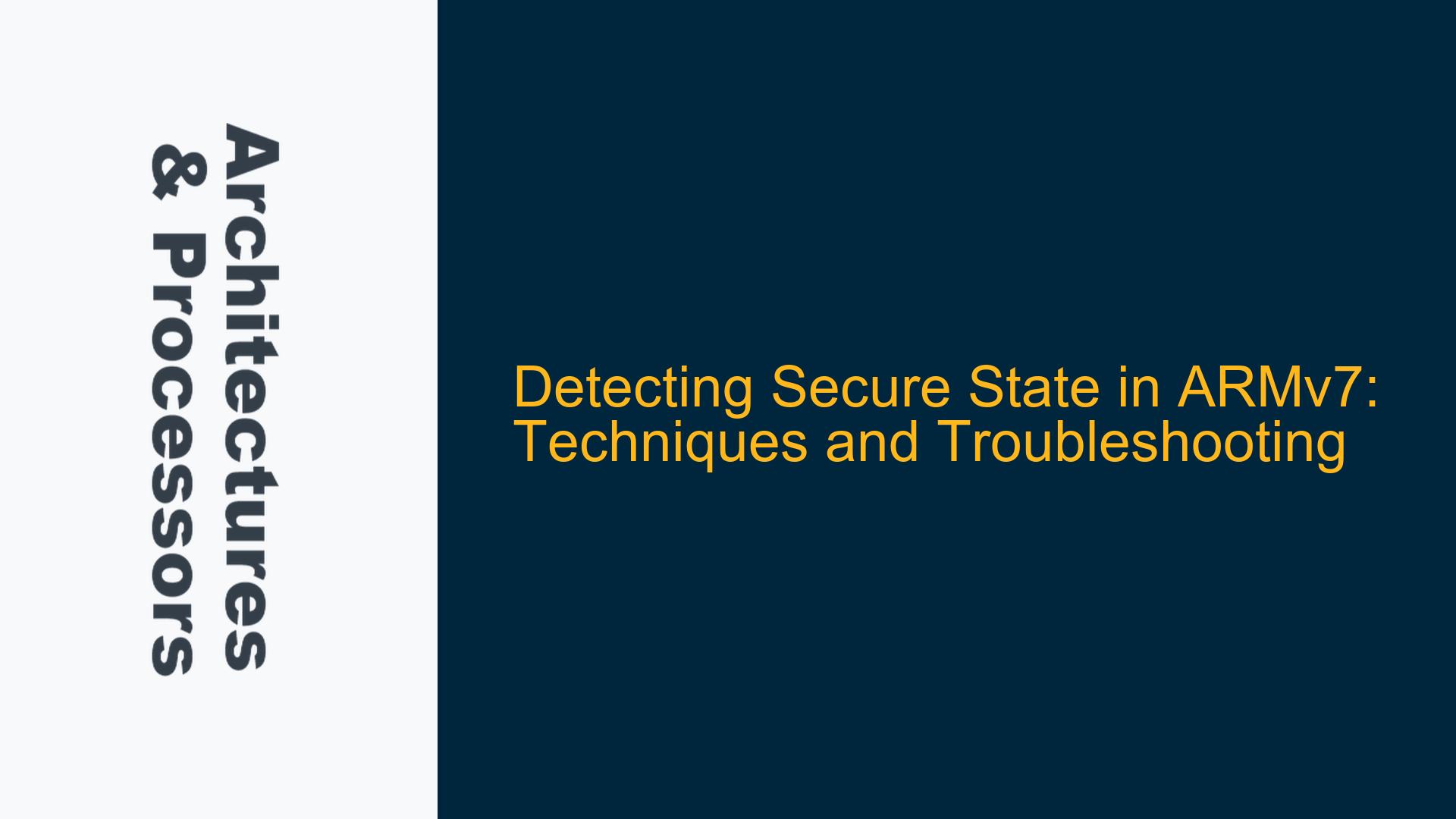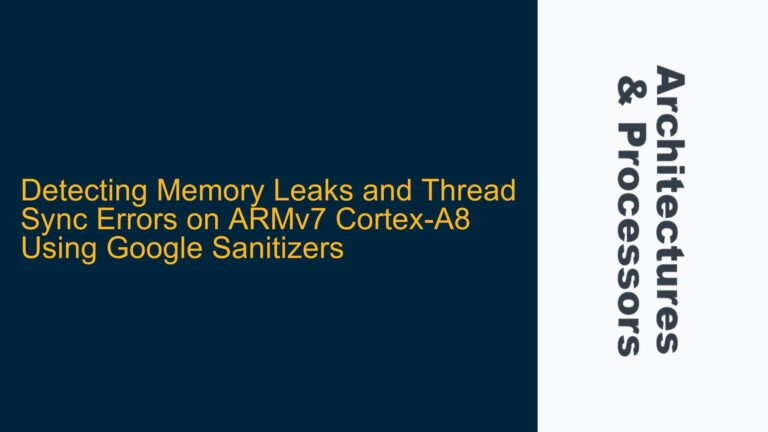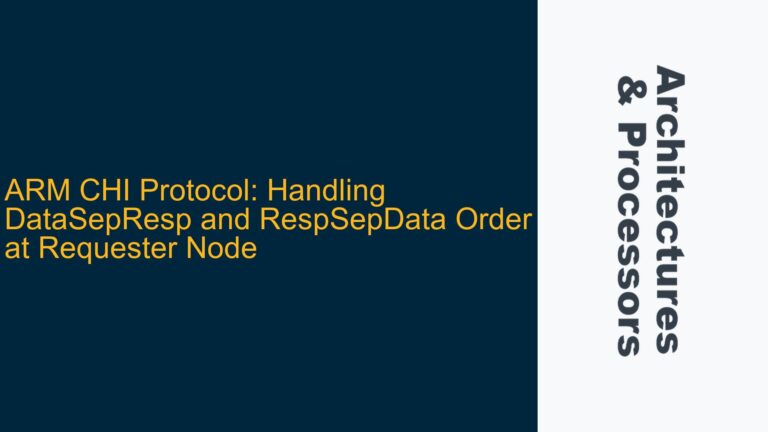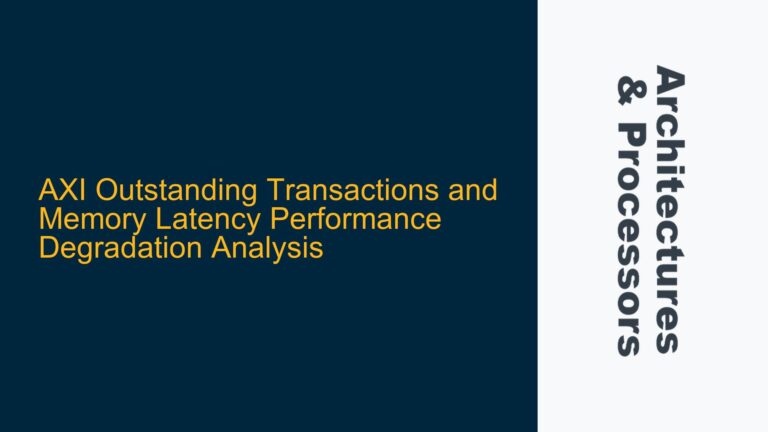ARMv7 Secure State Detection via SCR Register Access
The ARMv7 architecture introduces a security model that partitions the system into Secure and Non-secure states. This partitioning is crucial for implementing TrustZone technology, which provides a secure environment for executing sensitive code and handling protected data. A common requirement in secure software development is the ability to programmatically determine whether the current execution context is in the Secure or Non-secure state. This capability is essential for implementing security-sensitive operations that should only be performed in the Secure state.
The Secure Configuration Register (SCR) is a key control register in the ARMv7 architecture that governs the behavior of the security extensions. Access to the SCR is restricted to Secure PL1 modes, meaning that attempts to read or write this register from Non-secure modes will result in an undefined instruction exception. This behavior is by design, as allowing Non-secure software to directly access the SCR would compromise the security model.
When attempting to read the SCR from Non-secure mode, the processor will generate an undefined instruction exception rather than silently failing or returning a dummy value. This exception can be caught and handled by the software, providing a mechanism to infer the current security state. However, this approach requires careful implementation to avoid destabilizing the system or leaking sensitive information.
The SCR contains several fields that control the behavior of the security extensions, including the NS bit, which indicates whether the current execution context is in the Non-secure state. In Secure state, the NS bit can be read and written, allowing software to switch between Secure and Non-secure states. In Non-secure state, attempts to access the SCR will result in an undefined instruction exception, as previously mentioned.
Undefined Instruction Exception Handling for Secure State Detection
The undefined instruction exception is a critical component of the ARMv7 exception model, providing a mechanism for handling instructions that are not recognized by the processor. When an undefined instruction is encountered, the processor saves the current program state and transfers control to the undefined instruction exception handler. This handler can then determine the cause of the exception and take appropriate action.
In the context of Secure state detection, the undefined instruction exception provides a reliable mechanism for determining whether the current execution context is in the Secure or Non-secure state. By attempting to read the SCR and handling the resulting undefined instruction exception, software can infer the current security state without directly accessing privileged resources.
The undefined instruction exception handler must be carefully implemented to ensure that it does not inadvertently leak sensitive information or destabilize the system. The handler should perform minimal processing and return control to the calling code as quickly as possible. Additionally, the handler should be designed to handle other types of undefined instructions, as the same exception vector is used for all undefined instructions.
When handling an undefined instruction exception, the handler should first determine whether the exception was caused by an attempt to access the SCR. This can be done by examining the instruction that caused the exception and comparing it to the expected instruction encoding for reading the SCR. If the exception was caused by an attempt to access the SCR, the handler can set a flag or return a value indicating that the current execution context is in the Non-secure state. If the exception was caused by a different undefined instruction, the handler should take appropriate action, such as logging the error or terminating the program.
Implementing Secure State Detection with Minimal System Impact
Implementing Secure state detection with minimal system impact requires careful consideration of the software architecture and the specific requirements of the application. The goal is to provide a reliable mechanism for detecting the current security state without introducing significant overhead or complexity.
One approach is to implement the Secure state detection logic as a function that can be called from both Secure and Non-secure code. This function should attempt to read the SCR and handle the resulting undefined instruction exception if it occurs. The function should return a value indicating the current security state, allowing the calling code to take appropriate action based on the result.
To minimize the impact on system performance, the Secure state detection function should be designed to execute quickly and with minimal overhead. This can be achieved by optimizing the exception handling logic and avoiding unnecessary processing in the undefined instruction exception handler. Additionally, the function should be designed to handle concurrent access from multiple threads or tasks, ensuring that it can be safely used in a multi-threaded environment.
Another consideration is the impact of Secure state detection on system security. The function should be designed to minimize the risk of leaking sensitive information or introducing security vulnerabilities. This can be achieved by carefully controlling access to the function and ensuring that it does not expose any privileged resources to Non-secure code.
In summary, detecting the Secure state in ARMv7 requires a combination of careful software design and a deep understanding of the ARMv7 security model. By leveraging the undefined instruction exception and the restricted access to the SCR, software can reliably determine the current security state with minimal impact on system performance and security. This capability is essential for implementing secure software that can operate correctly in both Secure and Non-secure environments.






